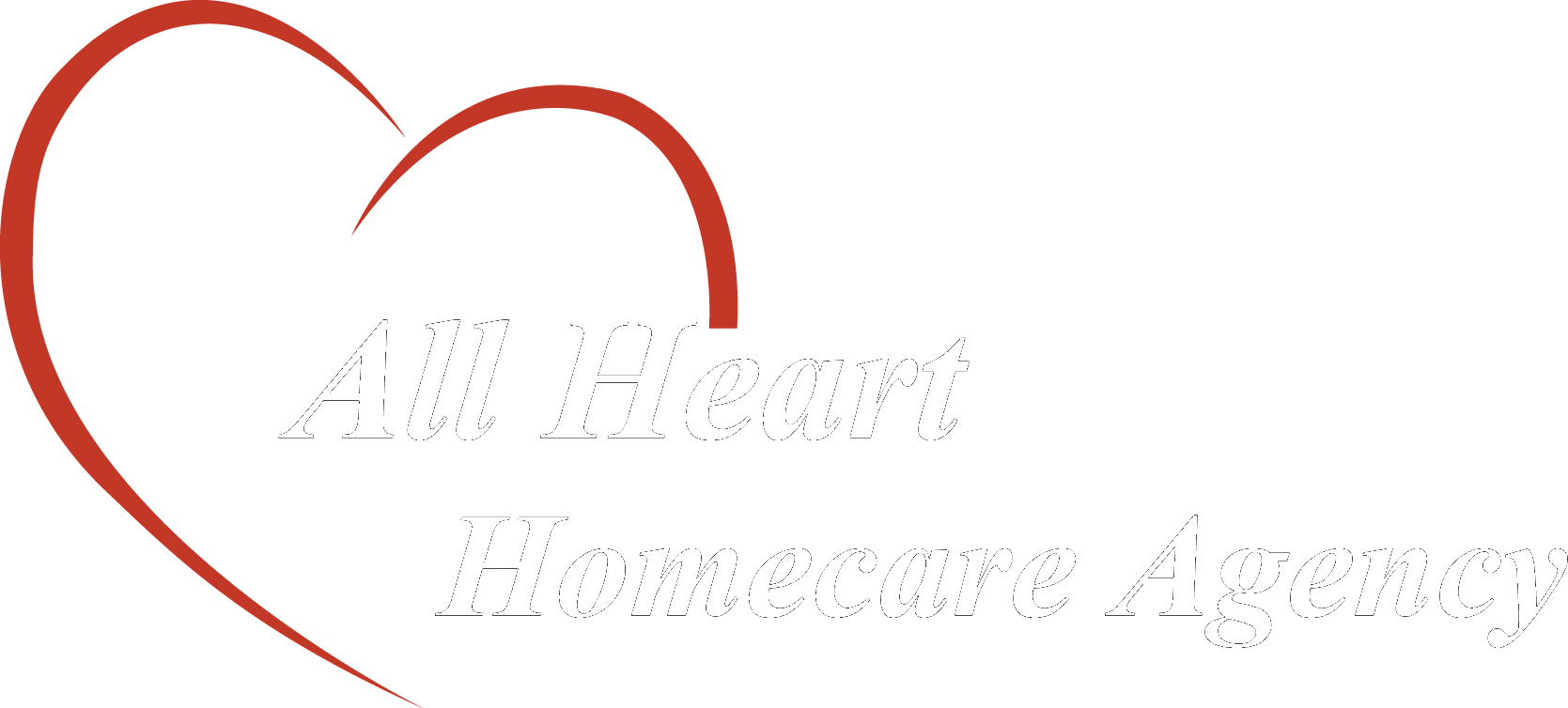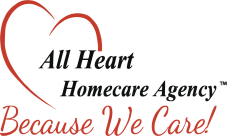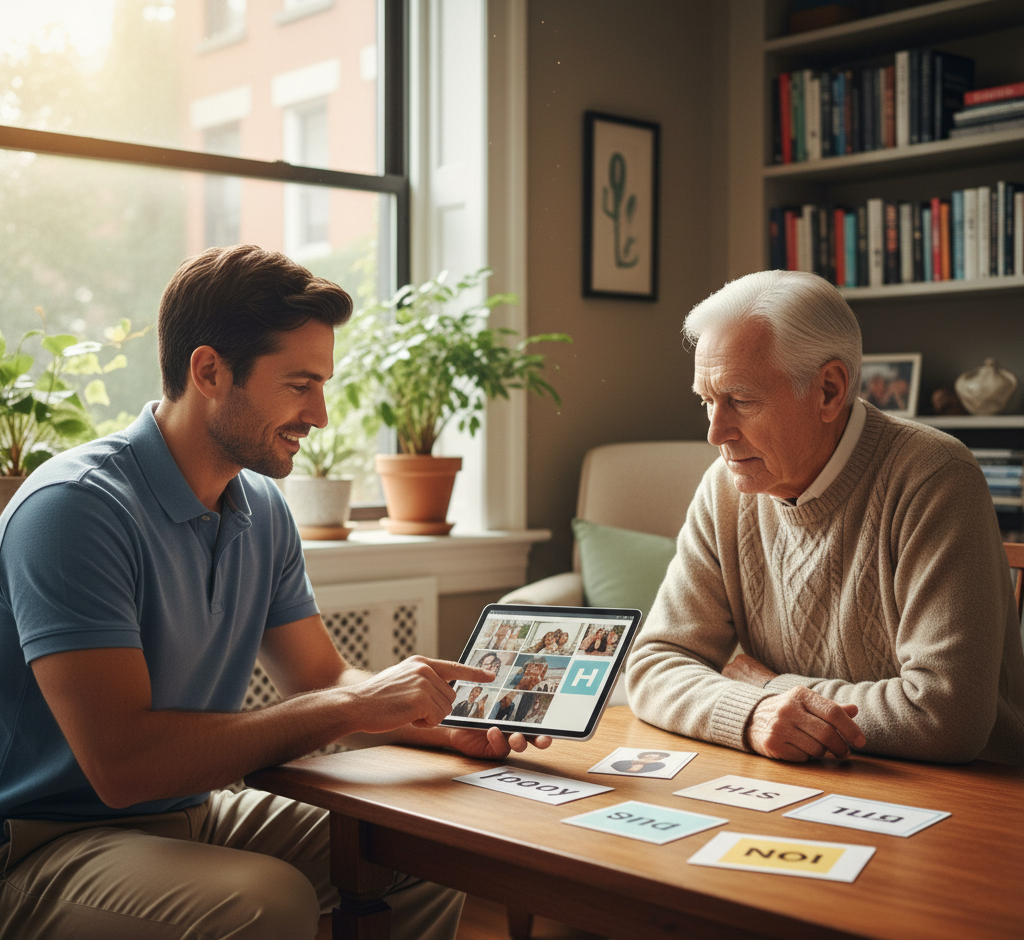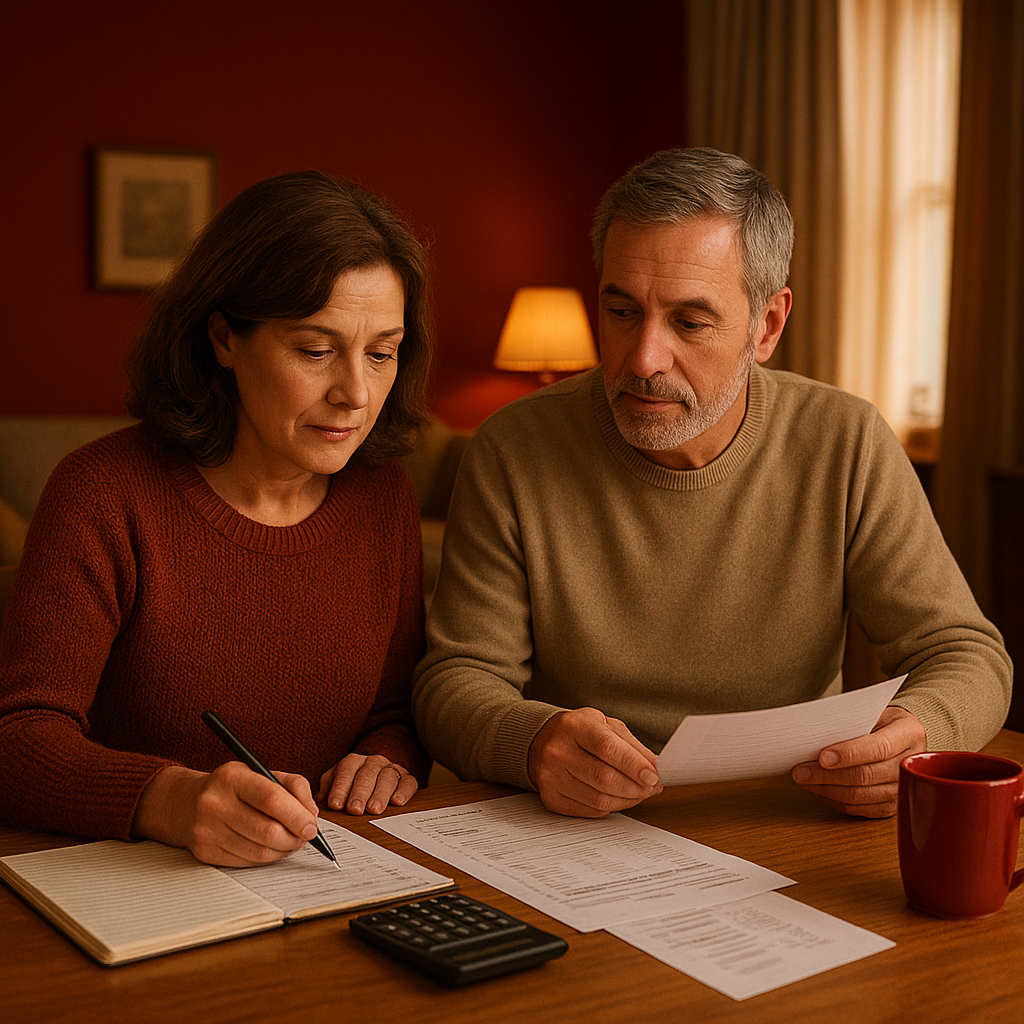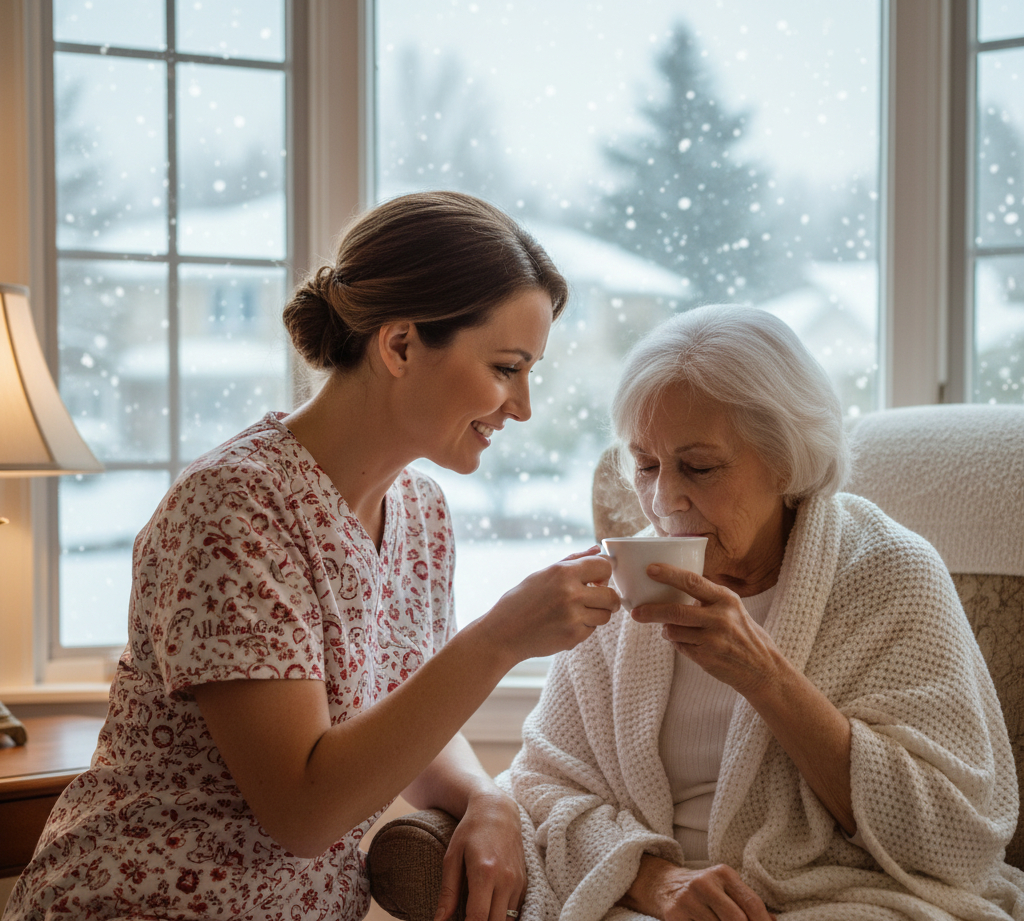Falls are a significant concern for seniors, as they can lead to serious injuries, reduced independence, and a decline in quality of life. According to the Centers for Disease Control and Prevention (CDC), one in four adults aged 65 and older experiences a fall each year. However, falls are not inevitable. By taking proactive steps and implementing precautions, you can create a safer living environment and significantly reduce the risk. This article provides valuable insights and actionable tips for fall prevention in seniors to help them live safely and confidently.
Why Fall Prevention for Seniors is Critical
Aging is accompanied by physical changes that increase susceptibility to falls, including reduced strength, balance, and coordination. Vision problems, chronic health conditions like arthritis, and side effects from medications further magnify the risk. Unfortunately, the consequences of falls can be severe, ranging from fractures to head injuries that may leave lasting impacts.

Beyond physical injuries, falls can cause emotional distress. For many seniors who experience a fall, the fear of falling again leads to reduced mobility and social isolation, undermining their confidence and independence. By focusing on fall prevention, seniors can maintain their physical well-being, their sense of security, and their overall quality of life.
How to Prevent Seniors from Falling at Home
Implementing a fall prevention strategy starts with common-sense modifications to the living space and encouraging lifestyle habits that promote safety. Here are six detailed approaches:
1. Declutter and Remove Tripping Hazards
Many homes are filled with potential fall hazards, ranging from misplaced shoes to loose rugs. Keeping pathways clear and removing clutter in high-traffic areas is one of the simplest yet most effective ways to prevent falls.
Actionable Tips:
2. Install Grab Bars and Handrails
- Secure area rugs with non-slip pads to prevent sliding.
- Use cord organizers to neatly bundle electrical cables.
- Regularly inspect hallways, staircases, and other walkways to ensure they remain free of obstacles, such as books or toys.
The bathroom and staircases are among the most common areas for falls due to slippery surfaces or steep inclines. Installing sturdy grab bars and handrails significantly reduces risks by providing much-needed support.
Actionable Tips:
- Add grab bars near the toilet and shower for stability in wet conditions.
- Make sure handrails are installed on both sides of staircases and are securely fastened.
- Position grab bars at heights where seniors can easily reach them.
3. Improve Home Lighting
Dim lighting can make it harder to spot potential hazards. Seniors often experience changes in vision that make brightly lit environments crucial for navigating safely.
Actionable Tips:
- Replace dim bulbs with brighter LED ones, especially in hallways, staircases, and entryways.
- Use motion-sensor lights in bathrooms, hallways, or bedrooms to guide movements at night.
- Install nightlights to provide gentle illumination, making it easier for seniors to move around after dark.
4. Encourage Physical Activity
Regular exercise plays a crucial role in fall prevention for seniors. Strengthening muscles and improving balance and flexibility can dramatically reduce the risk of falls.
Actionable Tips:
- Encourage activities like tai chi, yoga, or water aerobics, which focus on balance and flexibility.
- Simple stretching routines at home can also improve mobility and coordination.
- Group fitness classes designed for seniors can provide the added benefit of social interaction.
5. Wear Proper Footwear
Footwear plays an overlooked but vital role in fall prevention. Shoes that lack proper support or have slippery soles can lead to trips and slips.
Actionable Tips:
- Choose flat-soled shoes with good grip and support.
- Replace old or worn-out footwear, as it can lose its structural support over time.
- Avoid loose-fitting slippers or socks without gripping undersides, as they increase the likelihood of slips.
6. Review Medications Regularly
Medications can sometimes cause dizziness, drowsiness, or impaired balance, all of which increase fall risks. Conducting periodic reviews of prescribed and over-the-counter medications ensures proper management.
Actionable Tips:
- Consult a healthcare provider or pharmacist to review medications for potential side effects.
- Ask about alternatives or adjustments if current medications cause balance issues.
- Always keep an updated list of medications and share it with all care providers.
Fall-Proofing Specific Areas of the Home
Creating a fall-safe home environment involves making changes tailored to high-risk areas:
Bathroom Safety
- Use non-slip mats in and around the shower.
- Opt for a shower chair if standing for long periods is a challenge.
- Ensure towel racks are within easy reach to prevent overreaching.

Kitchen Adjustments
- Keep frequently used items in lower cabinets to avoid using step stools.
- Use anti-fatigue mats with non-slip backing for added grip near sinks.
Bedroom Changes
- Position the bed at an appropriate height to ensure ease of getting in and out.
- Keep a bedside lamp or flashlight within reach.
Living Room and Outdoor Areas
- Arrange furniture to allow wide, unobstructed walkways.
- Secure outdoor steps with non-slip strips and ensure handrails are present.
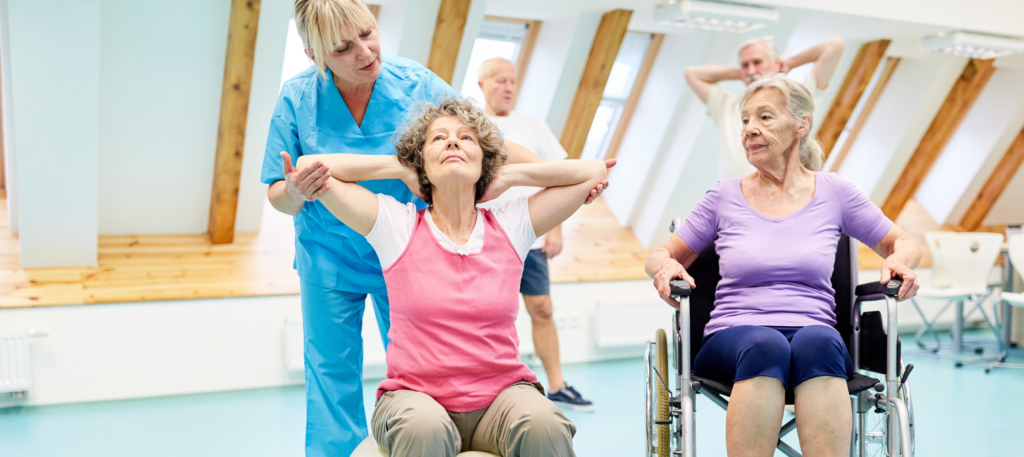
- Why is fall prevention important for seniors?
Falls can lead to serious injuries, reduced independence, and emotional distress for seniors. Preventing falls helps maintain their safety, confidence, and quality of life. - What are the most common causes of falls in seniors?
Common causes include poor balance, reduced strength, vision problems, medication side effects, and environmental hazards like clutter or slippery floors. - How can I make my home safer for a senior?
Declutter pathways, install grab bars and handrails, improve lighting, and use non-slip mats in high-risk areas like bathrooms and kitchens. - What exercises help prevent falls in seniors?
Activities like tai chi, yoga, and water aerobics improve balance, strength, and flexibility, reducing the risk of falls. - What type of footwear is best for fall prevention?
Seniors should wear flat-soled shoes with good grip and support. Avoid loose-fitting slippers or socks without non-slip grips. - How can medications increase the risk of falls?
Some medications cause dizziness, drowsiness, or balance issues. Regularly reviewing medications with a healthcare provider can help manage these risks. - What are the best lighting solutions to prevent falls at night?
Use motion-sensor lights in hallways and bathrooms, install nightlights, and replace dim bulbs with brighter LED ones. - How can caregivers help prevent falls in seniors?
Caregivers can assist by identifying fall risks, encouraging physical activity, monitoring medications, and making home modifications. - What should I do if a senior falls at home?
Stay calm, check for injuries, and seek medical attention if necessary. Avoid moving them if they appear seriously hurt. - Are there specific areas in the home that need extra attention for fall prevention?
Yes, focus on high-risk areas like bathrooms, staircases, kitchens, and outdoor steps. Install grab bars, secure rugs, and ensure proper lighting. - How often should I review my home for fall hazards?
It’s a good idea to review your home every 6-12 months or after any significant changes, such as new furniture or health conditions. - Can technology help with fall prevention?
Yes, devices like fall detection alarms, smart lighting, and wearable fitness trackers can enhance safety and monitor seniors’ well-being. - What are some signs that a senior is at risk of falling?
Signs include difficulty walking, frequent dizziness, unsteady balance, or a history of previous falls. - How can I encourage a senior to stay active for fall prevention?
Suggest enjoyable activities like group fitness classes, walking with friends, or simple at-home exercises to improve strength and balance.
FAQs on Fall Prevention for Seniors
How All Heart Homecare Can Help
At All Heart Homecare, we are committed to supporting seniors’ safety and independence. Our caregivers are trained to identify fall risks in the home and suggest practical solutions. Whether it’s helping rearrange furniture, accompanying seniors during physical activities, or monitoring their medication schedules, we’re here to ensure a safe and comfortable living environment.
We also emphasize personalized care plans. Each senior has unique needs, and we aim to address every concern with compassion and professionalism. By partnering with All Heart Homecare, you can rest assured that your loved ones are in trustworthy hands.
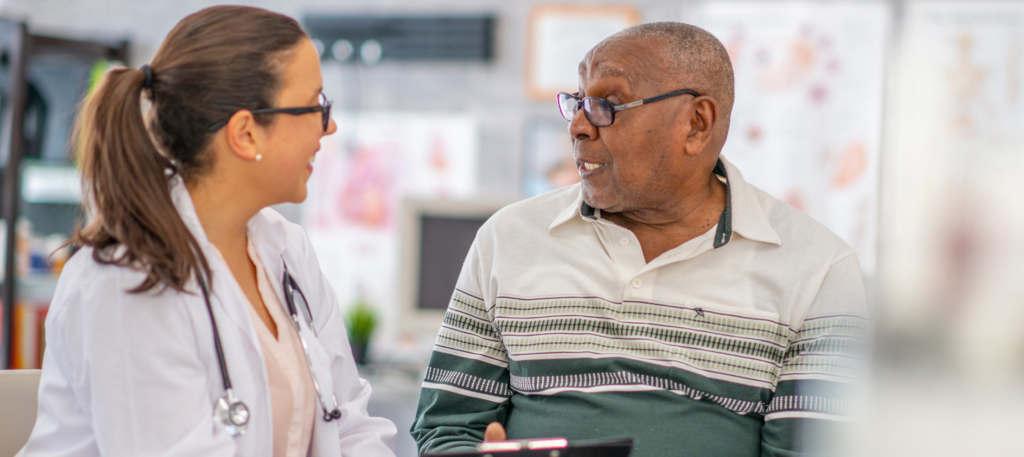
Staying Proactive with Fall Prevention
Preventing falls requires a combination of environmental adjustments, physical strengthening, and ongoing awareness. By implementing the tips outlined above, seniors can enjoy their independence while minimizing risks.
Falls Prevention Awareness Day, observed on September 22nd each year, serves as a reminder for caregivers and families to re-evaluate home safety and explore ways to improve it. Making even small changes can have a massive impact on a senior’s quality of life. If you need further assistance or personalized care solutions, don’t hesitate to get in touch with our team at All Heart Homecare. Together, we can help you or your loved one take confident steps toward a safer, more secure future.
